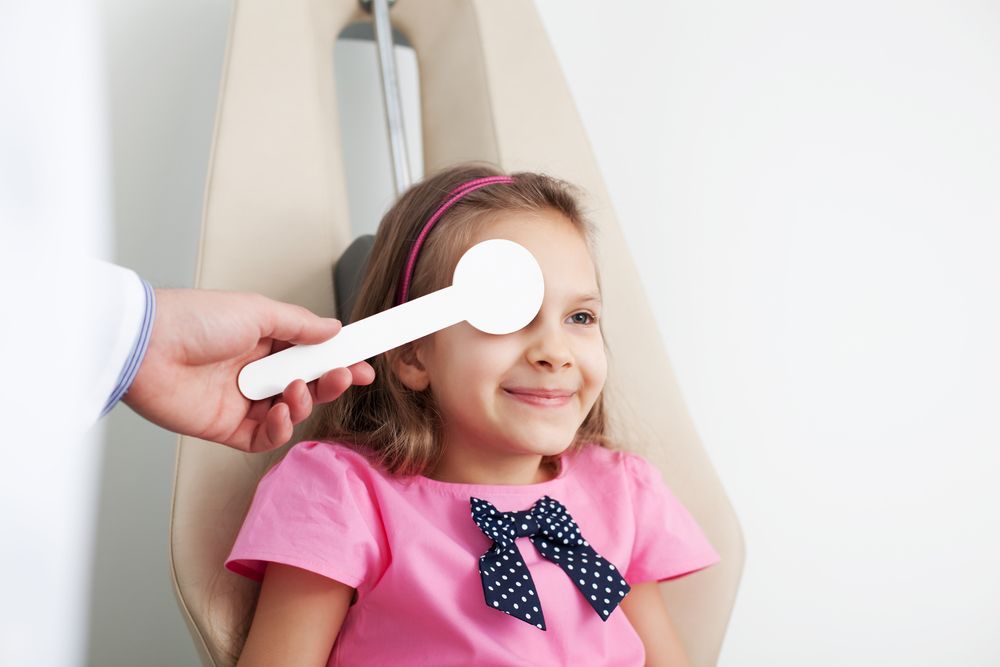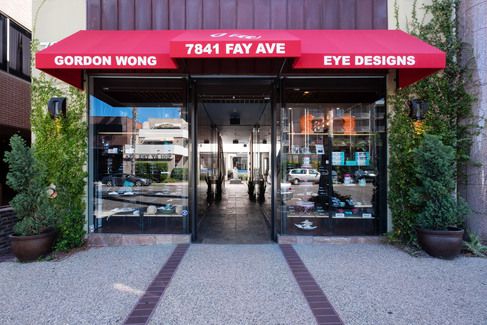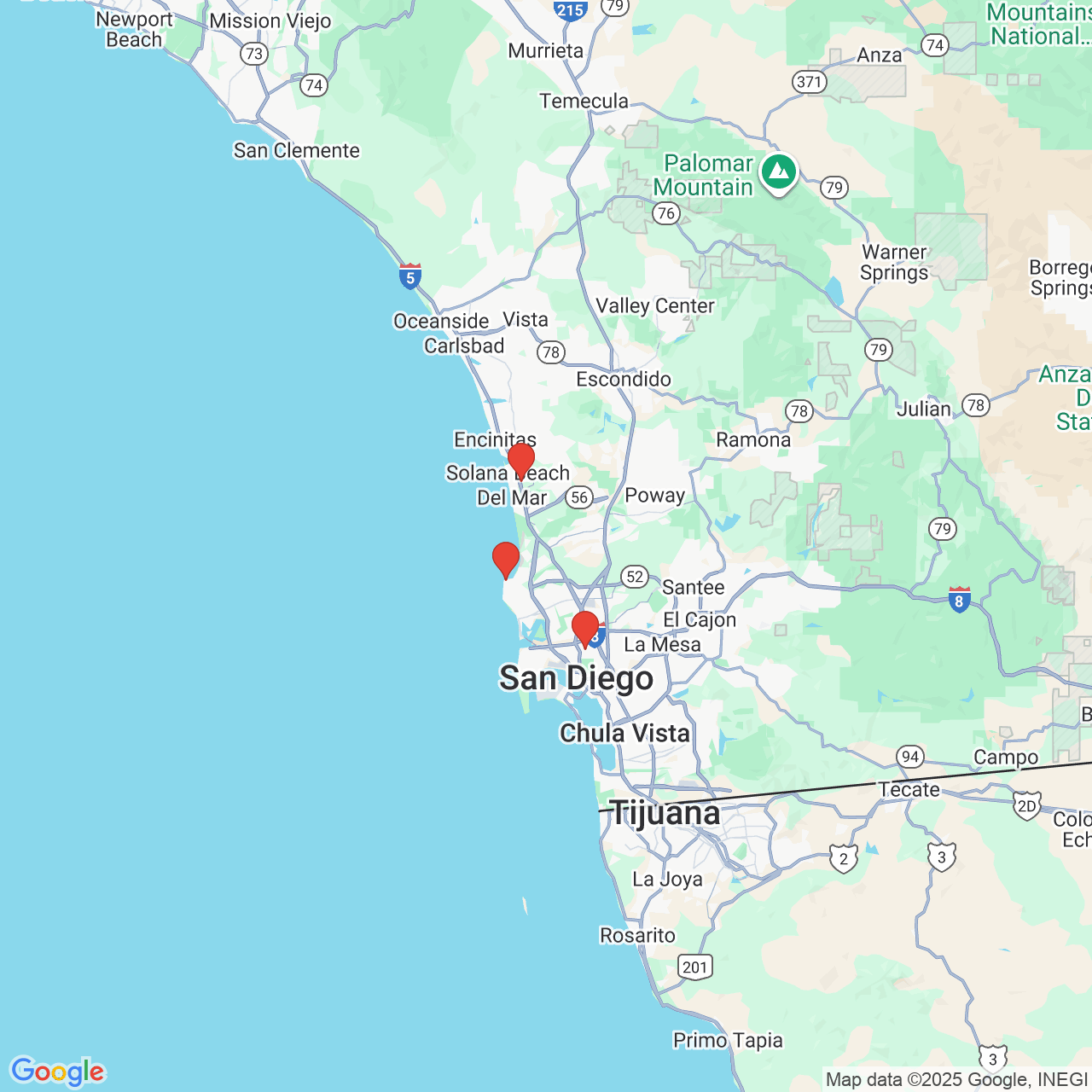Eye Conditions That Affect Children
 There are all kinds of eye conditions and vision problems that can develop at different ages. Among the elderly, these conditions tend to include cataracts, glaucoma, and secular degeneration. When it comes to children, the conditions tend to be much different. Thankfully the team at Gordon Wong Eye Designs & Optometry is able to provide insight into pediatric eye care needs and what parents should do to address them.
There are all kinds of eye conditions and vision problems that can develop at different ages. Among the elderly, these conditions tend to include cataracts, glaucoma, and secular degeneration. When it comes to children, the conditions tend to be much different. Thankfully the team at Gordon Wong Eye Designs & Optometry is able to provide insight into pediatric eye care needs and what parents should do to address them.
The team at our La Jolla, CA eye care center would like to go over some of the most common vision problems that affect children. This will help you have a realistic understanding about your vision and what you can do as a parent.
Refractive Errors
Refractive errors are the common eyesight issues that many people face across the country. You may know refractive errors better by the following terms:
- Nearsightedness (Myopia)
- Farsightedness (Hyperopia)
- Astigmatism
Common signs of these vision issues include your child having to squint while reading, sitting too close or too far from the TV and other monitors, and difficult identifying people or objects nearby or at a distance.
Treating refractive errors typically involves corrective prescription lenses, such as glasses or contacts.
Misaligned Eyes (Strabismus)
Sometimes children have eyes that appear crossed or not completely aligned. The condition is sometimes called stigmatism, but that is a misnomer. This is actually strabismus, and it affects roughly 4 percent of the American population. (Similarly, the term “lazy eye” may be used colloquially to describe strabismus, but that is another condition entirely.)
Treatments for misaligned eyes can vary. Corrective lenses, specially performed eye exercises, or even eye surgery may be required to get the eyes into proper alignment.
Lazy Eye (Amblyopia)
Amblyopia is a condition in which the vision in one eye is reduced. This is typically because that eye and the brain are not working in concert together. The eye may appear normal, but it simply can’t focus as well as the other eye.
There are three kinds of amblyopia:
- Strabismic - Related to strabismus
- Refractive - Related to refractive error
- Deprivational - Vision development deprived earlier in life
Treatment options for lazy eye can vary, but they most commonly involve strengthening the weak eye. That generally means the child wears a patch over their stronger eye so their weaker eye is exercised to do more work.
Pink Eye (Conjunctivitis)
Conjunctivitis is one of the common types of eye infections that affect children. The condition usually occurs when bacteria comes into contact with the conjunctiva, the clear thin tissue that covers the white of the eye. The result are eyes that are swollen, pink, watery, and prone to fluid discharge. Viruses and allergies can also cause pink eye.
Treating pink eye tends to involve lots of hand washing, eye washing, and the use of antibiotics or other prescribed medications.
Styes (Hordeolum)
A stye is a small red or pink bump that forms on the eyelid. It’s the result of the base of your eyelashes or the glands along your eyelid becoming irritated or clogged. It’s very similar to the way that pimples form.
While the irritation and warmth of the stye may be uncomfortable for your child, it will eventually go away on its own. Cleaning the eyelids, keeping the face clean, and applying a warm, damp washcloth to the affected eyelid for a few minutes several times a day can help that stye vanish.
Eyelid Inflammation (Blepharitis)
Blepharitis is inflammation of the entire eyelid rather than a small pimple-like growth. It typically starts around the area of the eyelid where the eyelashes grow, and it can leave your eyelids and eyes looking red, irritated, and puffy. Styes can form as a result of blepharitis.
The ideal treatment for blepharitis is the use of medication to control the infection and inflammation. If the blepharitis is related to an underlying condition, treating that condition tends to be quite helpful in managing the problem.
Learn More About Pediatric Eye Care
If your child suffers from one of the above conditions or another problems that negatively impacts their vision quality, we encourage you to contact our team of eye care specialists. We are here to help. Our office in La Jolla can be reached at (858) 454-4699, and our office in Del Mar can be reached at (858) 755-9465.


